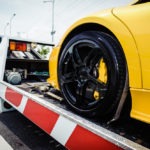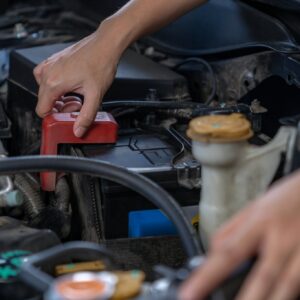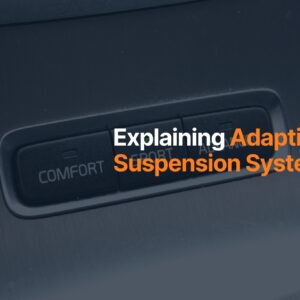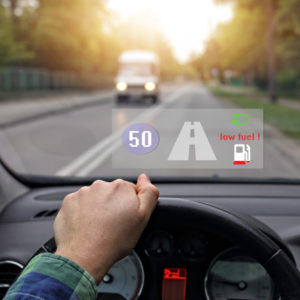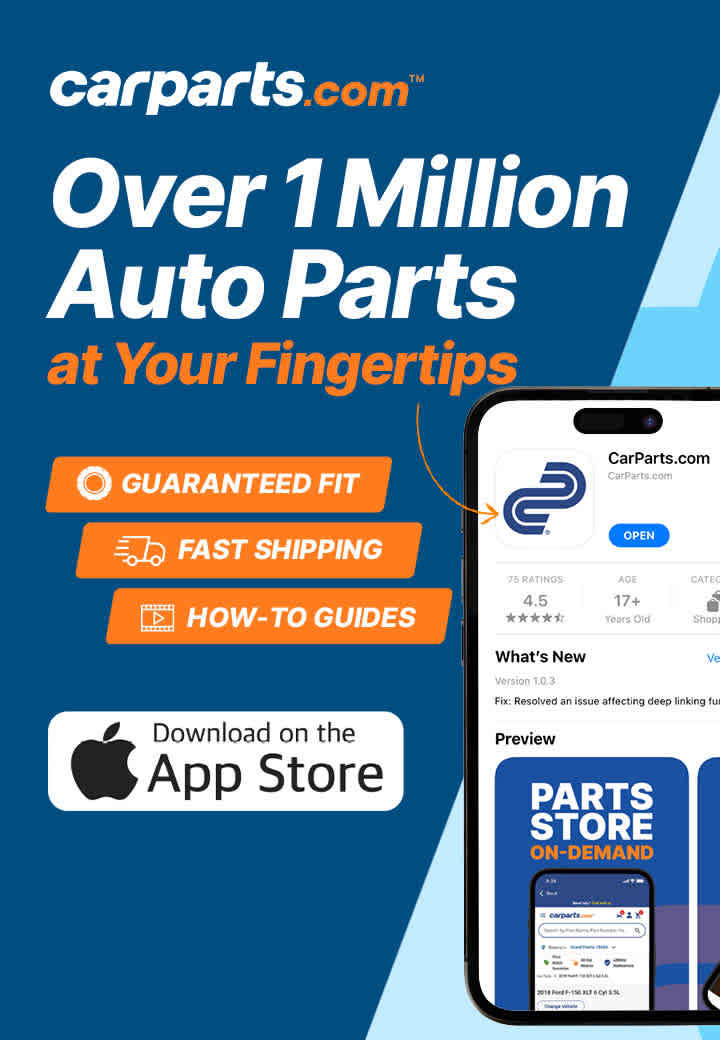A roll pan is a custom rear body panel that replaces a truck’s stock bumper to create a smooth, flush back end. Unlike a traditional bumper, it fits tightly against the bed and tailgate so the surfaces align like one continuous panel. Builders use roll pans for appearance, not protection; they aren’t designed to absorb crash energy. You’ll find versions made from steel, fiberglass, or urethane, often with options for a license-plate recess and light.You can see a truck with a roll pan most often at shows or in custom builds where looks outweigh utility. The panel fills the space left by the removed bumper and brackets, producing a clean rear profile that matches the paint. Many owners favor roll pans for their cost-to-impact ratio—most kits sell for under $200 before paint and offer one of the simplest ways to change a truck’s character.
How a Roll Pan Works
A roll pan takes the place of the factory bumper assembly and covers the rear crossmember, hiding the frame and mounting points. Most attach using brackets included in the kit, though some builders weld them along the bedside seams for a smoother transition. Because they’re thin panels rather than reinforced beams, roll pans offer minimal impact protection. Their purpose is visual, not structural.
Many designs include a recessed space for the license plate and a small light. Removing the bumper also removes its step surface and some hitch clearance. Owners who tow often switch to a hidden hitch setup or accept that the receiver will stick out below the panel. This modification works best for trucks used more for cruising than heavy work.
Roll Pan Pros vs. Cons
Advantages
- Smooth, clean look. Replacing the bumper with a roll pan removes bulk and shadow lines, giving the tailgate area a flat, finished appearance.
- Affordable customization. Roll pans provide a major visual change without the cost of full body kits or fabrication. Many bolt on with minor trimming.
- License-plate integration. Many kits include a plate recess and light, avoiding the need for a tailgate mount or separate bracket.
Disadvantages
- Reduced rear protection. The stock bumper absorbs some crash energy, while a roll pan offers little resistance. Enthusiasts often mention safety as their main hesitation.
- Less utility. Removing the bumper means losing the step surface and part of the hitch area. Trucks used for towing or frequent loading may not benefit from this swap.
- Regulatory gray areas. Pickups aren’t covered by the same federal bumper standard that applies to cars, but commercial and state vehicle codes vary. Anyone removing a bumper should check local requirements before doing so.
Roll Pan Types
By material
- Steel. Strong and weldable, steel pans can be blended seamlessly into the bed for a factory-like finish. They add weight and must be properly primed and painted to prevent rust.
- Fiberglass. Lightweight and inexpensive, fiberglass pans are easy to install but more prone to cracking if struck. They’re common in universal-fit kits.
- Urethane. Slightly flexible and more impact-tolerant, urethane pans are favored for bolt-on setups. They resist small bumps but require careful prep to hold paint well.
Drivers who mainly use their trucks for shows or weekend cruising often choose urethane pans. They install easily, fit closely, and don’t demand extensive bodywork. Steel pans suit those who want a permanent, blended look that becomes part of the bed. Fiberglass remains the budget option for hobbyists willing to handle minor repairs if needed.
By design
- With license-plate pocket. The most common version; keeps the plate centered and illuminated for legal compliance.
- Without plate pocket. Chosen for custom builds where the plate moves to the tailgate or another area. Check lighting laws before deleting the plate recess.
- Hitch-compatible versions. Some pans include notches or space for hidden hitches, while others require trimming or an alternate tow setup.
Tips on How To Install a Roll Pan
Start by deciding whether you want a bolt-on or fully blended roll pan. Urethane and fiberglass pans usually bolt on, while steel can be welded and smoothed into the bed for a continuous surface. Always test-fit before painting. This step confirms tailgate clearance and alignment for the license-plate recess.
If the kit includes a plate light, route its wiring into the tail lamp harness and secure it in a protective loom. Plan for hitch access and exhaust clearance, especially if your truck tows. Exhaust heat can damage urethane or fiberglass, so spacing and shielding matter.
Safety considerations should come next. Since most roll pans replace the bumper entirely, think about your typical driving and parking conditions. For trucks that spend most of their time on highways or in tight urban areas, the lack of a bumper could become a liability. Some builders add internal bracing or a hidden bar behind the panel, but this adds cost and fabrication work.
Cost overview: Basic roll pans typically range from $40 to $340 depending on material. Labor adds $100 to $500 or more, depending on whether you weld, blend, or paint. A DIYer can install a bolt-on urethane or fiberglass pan with basic hand tools, while a welded steel setup usually requires professional finishing.
According to longtime owners, this mod transforms a truck’s appearance at the cost of practicality. Those who drive mostly for enjoyment say it’s worth it, while those who rely on their truck for towing or loading usually keep the stock bumper.
A roll pan replaces the bulky bumper with a smooth, color-matched body panel. The upgrade changes how your truck looks and feels but comes with trade-offs in function and protection. For drivers who want a sleek, finished rear end and can live without a step or reinforced bumper, the rollpan bumper delivers a sharp and timeless look.
Where Custom Meets Capability
Upgrading your truck with a roll pan is just the beginning of shaping it into something truly your own. Whether you’re aiming for a sleeker profile or planning the next phase of your build, every detail counts, from appearance to performance. That’s where the JC Whitney Performance Hub comes in. It’s a trusted source for enthusiasts who want the right blend of style, function, and proven quality to match their vision.
The JC Whitney Performance Hub serves as a one-stop destination for off-road, truck, Jeep, and classic VW builds, as well as restoration projects. Here, you’ll find top brands in one place, the most respected names in off-road, performance, and restoration parts gathered together under one roof. From lift kits to lighting upgrades, performance exhausts to vintage restoration components, the Hub connects you with premium parts designed for every stage of your customization journey.
With more than a century of heritage, JC Whitney remains one of the most trusted names in automotive parts. Generations of drivers have relied on JC Whitney parts to keep their vehicles running and looking their best. If you’re ready to take your project beyond the basics and explore the full range of high-quality upgrades, visit the JC Whitney Performance Hub, where passion, performance, and tradition meet.
Any information provided on this Website is for informational purposes only and is not intended to replace consultation with a professional mechanic. The accuracy and timeliness of the information may change from the time of publication.



